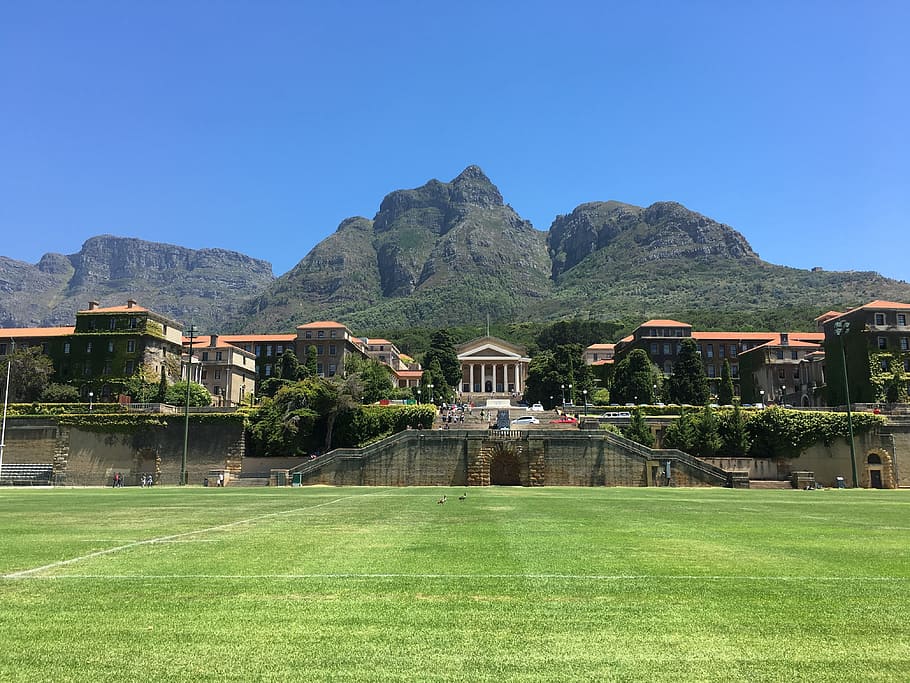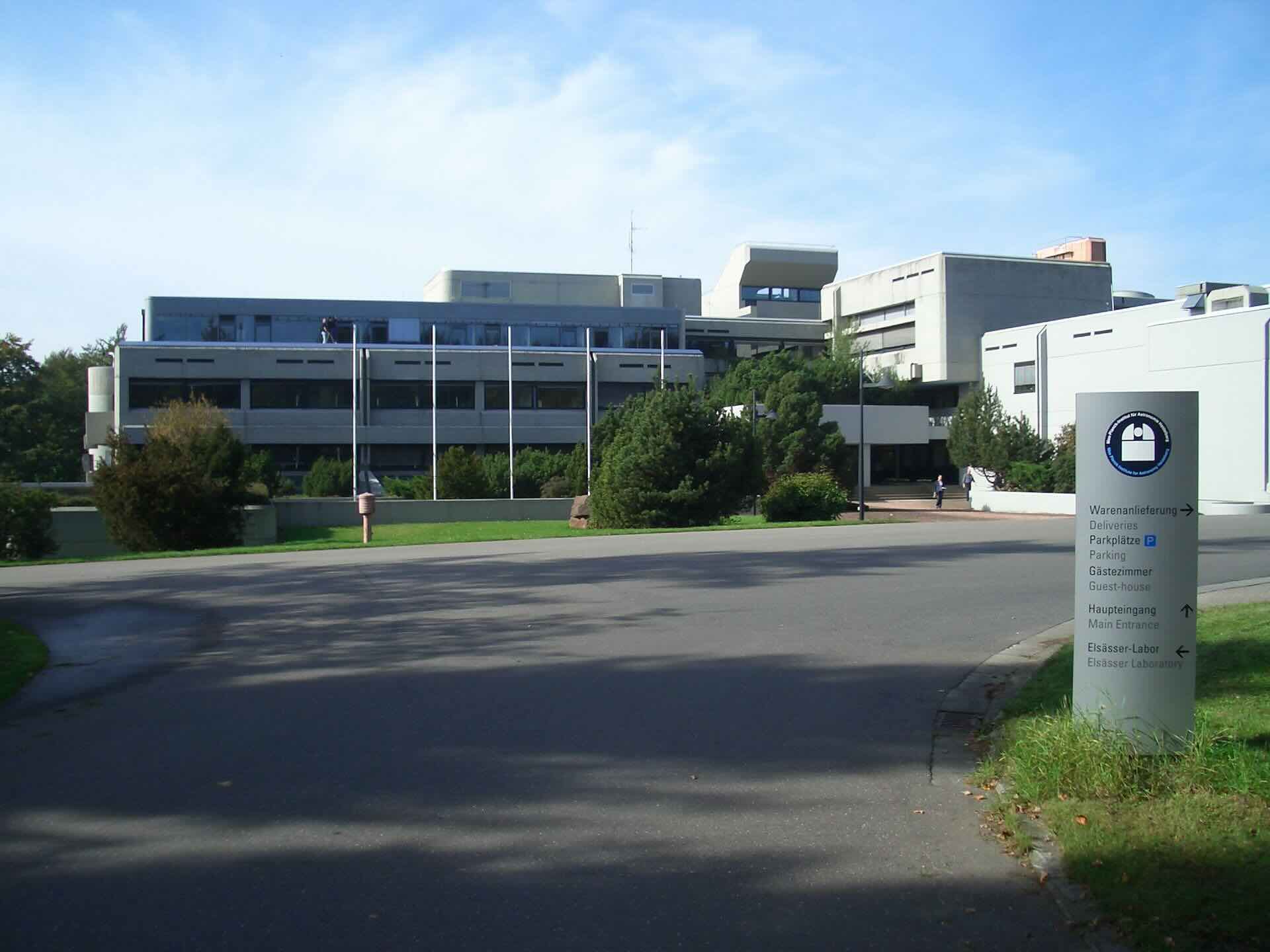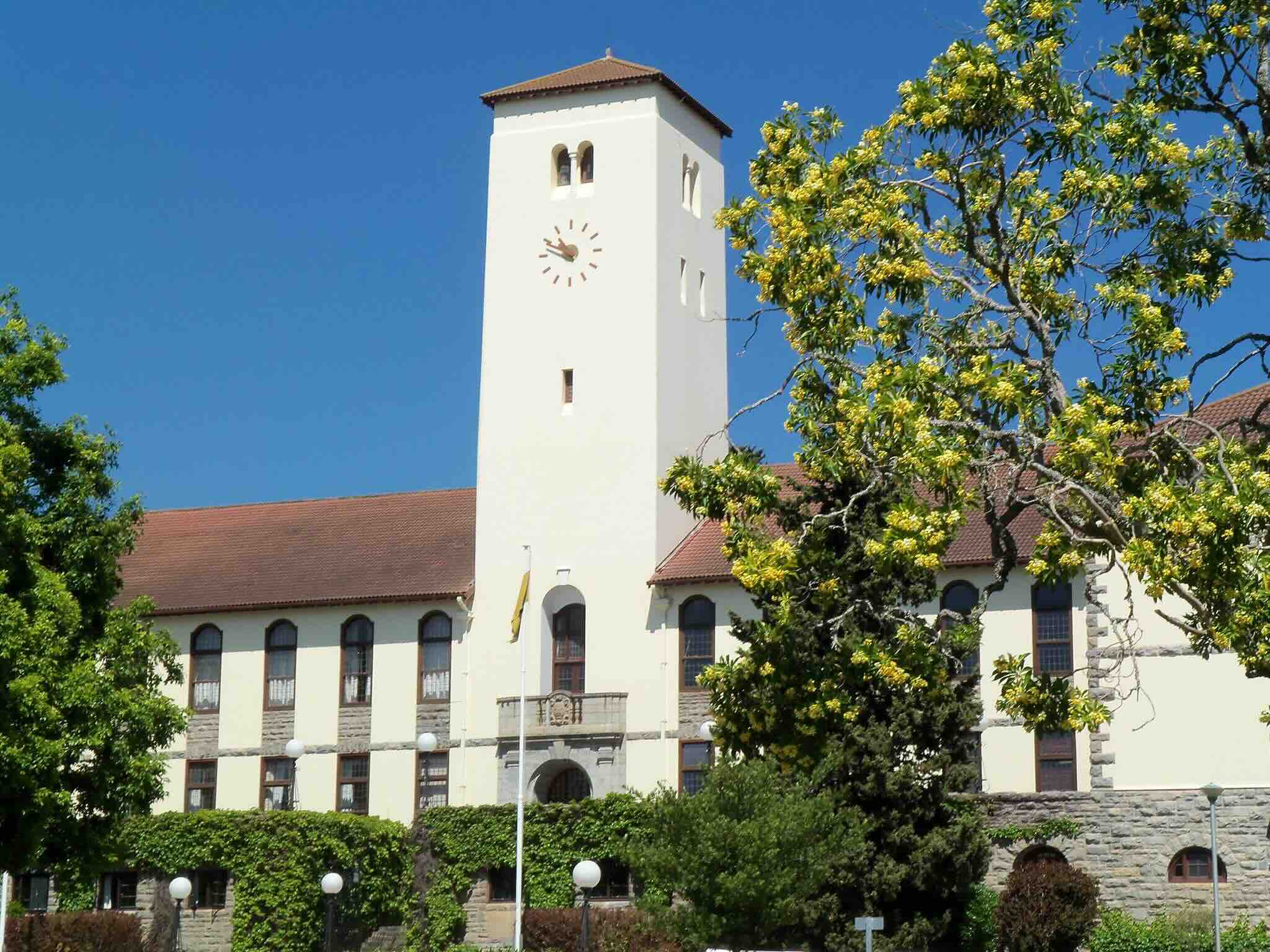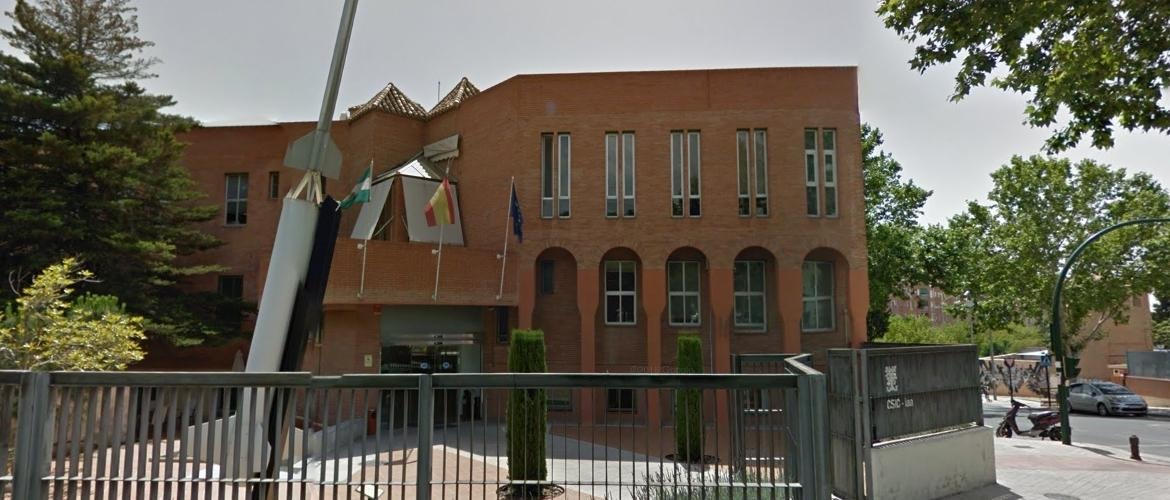Table of contents
1. Thesis1.1 M.Sc. in Astrophysics and Space Science
1.2 Ph.D. in Astronomy
2. Postdoctoral research experience
2.1 University of South Africa (UNISA)
2.2 Max Planck Institute for Astronomy (MPIA)
2.3 Rhodes University
3. Current research








